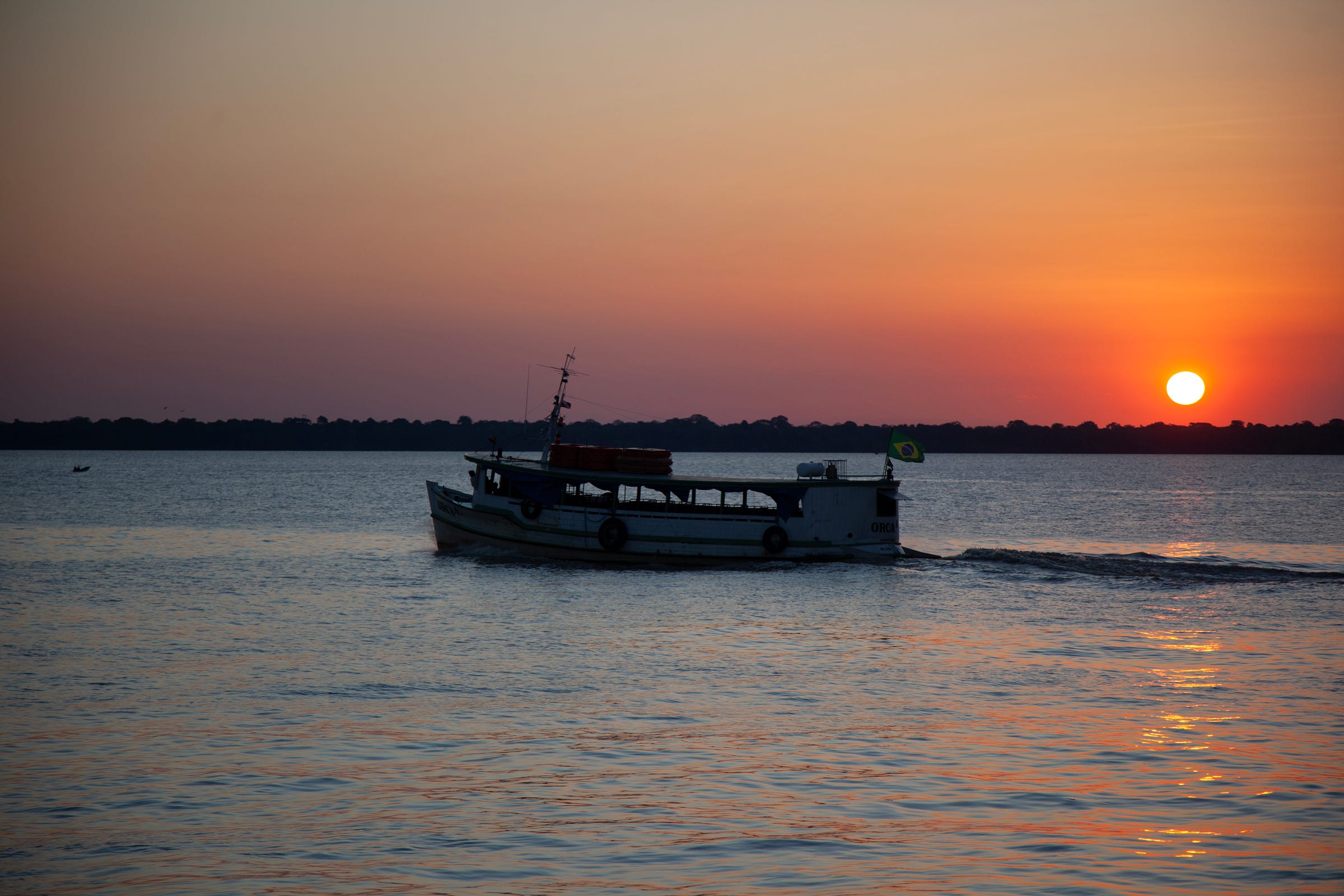Mouth Tingling Herbs, Armored Catfish & Palm Fruits of Pará
The edible ecosystem of the far Eastern Amazonian state in Brazil.
The Brazilian state of Pará is where the lower Amazon River flows into the Atlantic Ocean. The river flows along the edge of the state for 800 kilometers, containing hundreds of islands, from the tiny Combú to the immense Marajó. Near the river’s mouth is Belém, Pará's capital, and home to Ver-O-Peso, one of the Amazon’s greatest markets where many of the ingredients below can be spotted at the right times of year. The state is edged by Atlantic coastal forests and mangroves, while the interior is a mix of cleared agricultural land and primary forest preserved on indigenous lands.
Pará’s regional gastronomy is one of the most vibrant in the entire Amazon and just as rich as the state of Bahia to the southeast, though not nearly as well known or organized. It is defined by a trio of flavors that are straight out of this climate the yellow form of tucupi, the mouth tingling herb jambu and dried and salted shrimp. It’s the heartland of açaí and where the largest freshwater fish in the world can be caught.
Despite this natural wealth, between 1988 and 2024, Pará accounted for around 35% of all the deforested area in the Brazilian Amazon, the majority of which has been turned into grazing land for cattle. Large tracts of the state are drying out because of this, leading to uncontrolled fires that put further pressure on the landscape. There are efforts to reverse this trend, with the help of a series of grants from the Future of Food Program, by tagging all 26 million cattle with an radio frequency identification (RFID) “earring” that will show if it grazes on illegally deforested land and make it unsellable. If it works they can reduce illegal deforestation by zero by 2030. It’s a lofty goal and with COP30 being held in Belém this November, all eyes will be watching.
Keep reading with a 7-day free trial
Subscribe to New Worlder to keep reading this post and get 7 days of free access to the full post archives.




